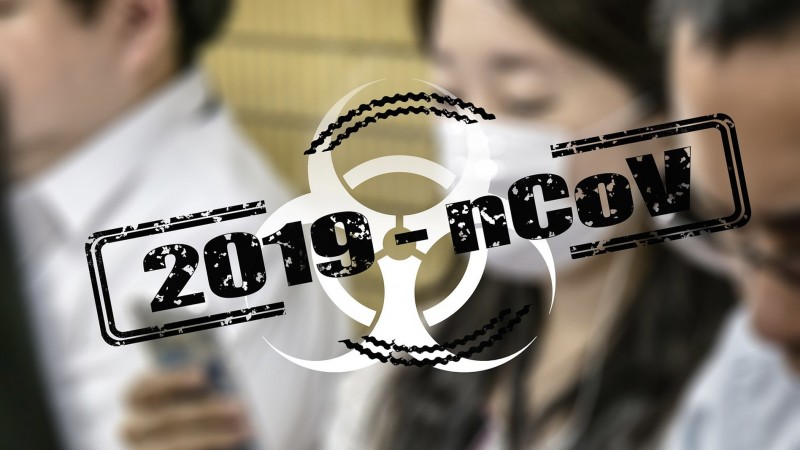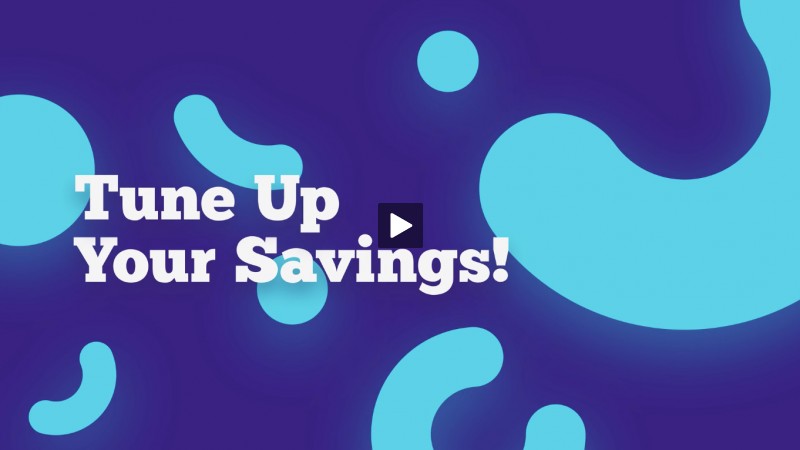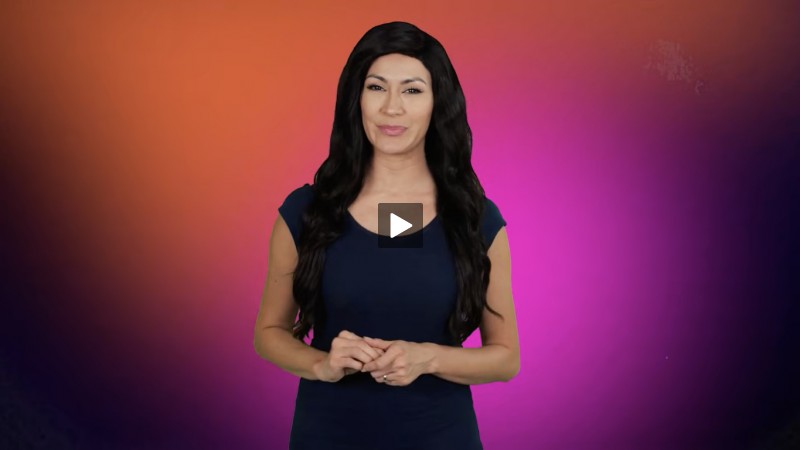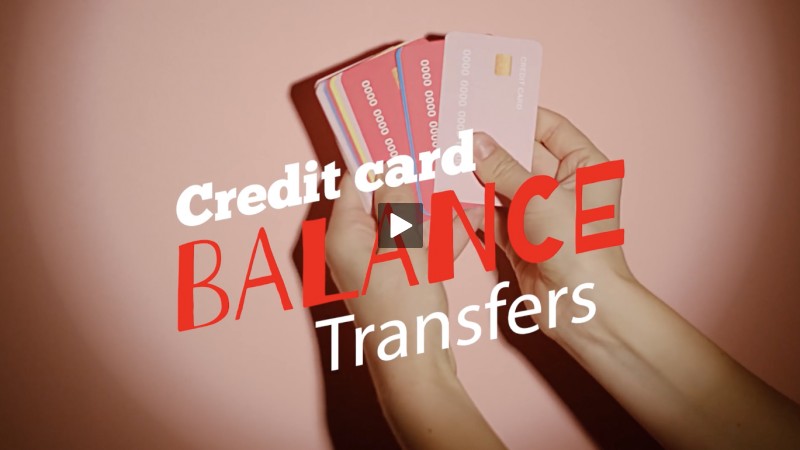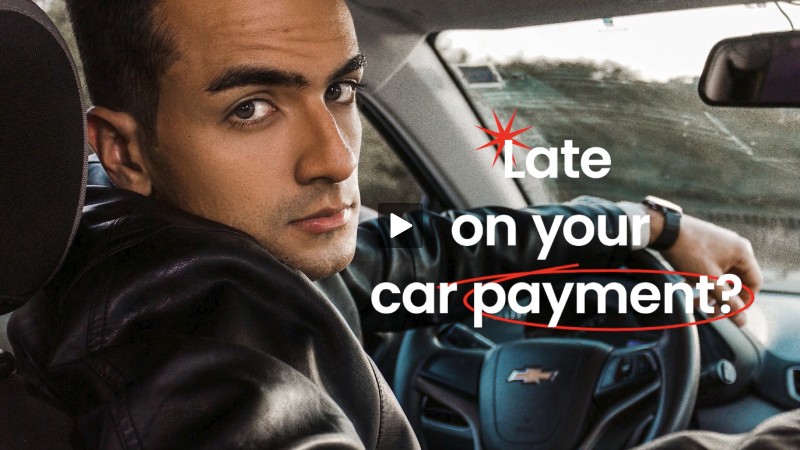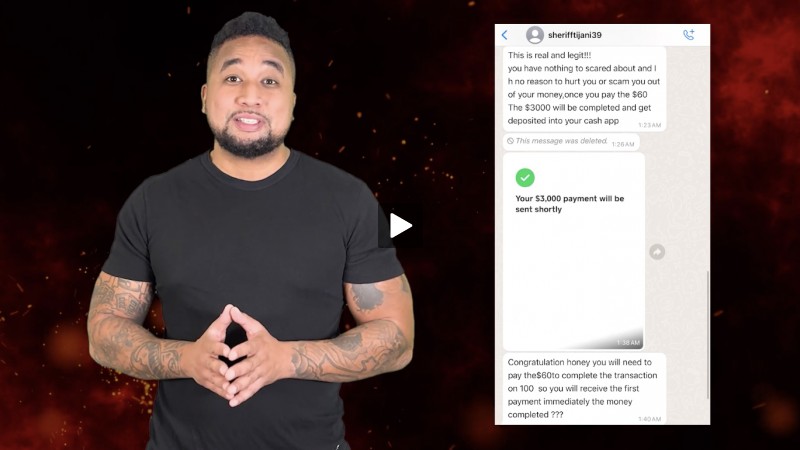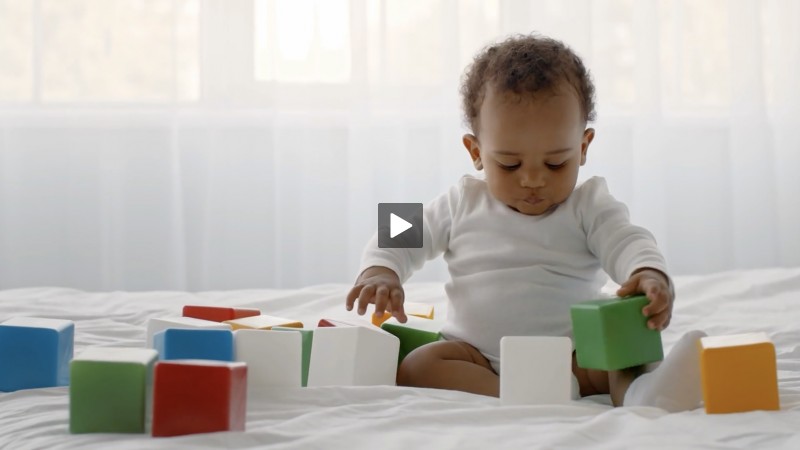Gotcha! Invisible Advertising Targets You (Some More)
- Detalles
- Escrito por Will from Holland
- Categoría: Articles
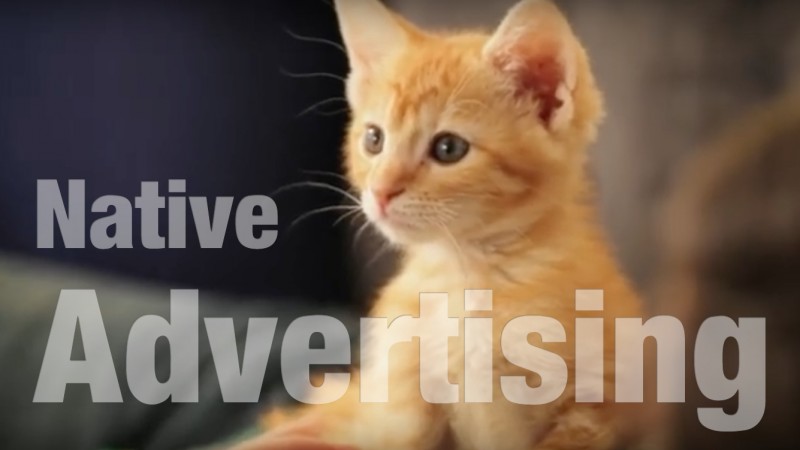
Remember our earlier video and articles about "Invisible" or Native Advertising? You know, the move by advertisers to trick us into thinking one-sided advertising is actually balanced information? Or thinking that "sponsored" content, such as an "educational" article or entertaining video, is not advertising.
Let's see how many examples of Native Advertising you encounter this week!
Mara Einstein, a member of FoolProof's Native Advertising Committee, has just released an entire book on the topic, called Black Ops Advertising.
Black Ops Advertising shows you how advertisers can use social media to drive content toward us. Read the following points to learn more...
Do you remember the Chipotle "scarecrow" video? Or Buzzfeed's "dear kitten" with Friskees? These were native advertising campaigns, designed for you to share, because they are "cool" or "sweet." Companies are trying to evoke emotions, so you will share the content. You're definitely not thinking about the "ad or the branding".
So what? If someone you know sends you content, you are more likely to pay closer attention to it. If you get an ad from your friends, you are more likely to purchase the item because your peers like it—even if you don't need the item, or if it is worthless. By coming up with catchy headlines, advertisers make it real interesting, too. Or, at least, that is what they want you to believe.
Here's What's Happening
You see "clickbate headlines"everywhere. These headlines are worded to entice people into reading the content and getting the company's brand in front of you. I'm sure you have seen the "You'll never look at Barbie dolls the same once you see these paintings" kind-of-headlines, am I right? Sometimes these "clickbates" may offer you legitimate content. But many times, they don't. Numerous news sources are using this type of headline for regular news too. On a positive note, Facebook is penalizing wrongfully used "clickbate" titles (phew!).
Then you have your "listicles." Listicles are internet articles in the form of bulleted or numbered lists. BuzzFeed has listicles all over their site, like the "17 people who failed at exams, but still won at life." If a source is using invisible ads in "listicles," it's possible you could go through the list and not figure out the whole thing is actually an ad until you've reached the 8 or 9th item in the list. And that's if you're lucky. A lot of us don't realize these things are usually ads.
Is that bad? Yes, if you blindly accept what's being said. You may end up on a webpage that encourages you to give personal information or download an app or file. Doing this could make you a victim of ID theft, malware, or virus attacks. More likely, you will buy products or services that you don't need.
Invisible Advertising targets you, even on the most prestigious websites—especially if you surf the web a lot with your phone. The headline of a truly important article fills your phone screen, and if you scroll down, four or five other articles' headlines fill your screen. But if you look closely, several of those "articles" will be nothing but advertisements carefully constructed to look like valuable resources for you.
The Invisible Advertising approach is relentless and sophisticated. For the sake of your pocketbook and your welfare, you need to recognize this attack when you see it.
So, here's a fun game to get you combat trained: Let's see how many examples of Native Advertising you encounter this week!
Starting right now, look carefully at everything you see on your phone or computer, and count the times you find invisible advertising. Note examples that stand out to you.
Send me the count—and your examples! Also send me your thoughts on the whole invisible advertising campaign. I'll write a follow-up article based on your input. Happy hunting!
Cheers, Will














